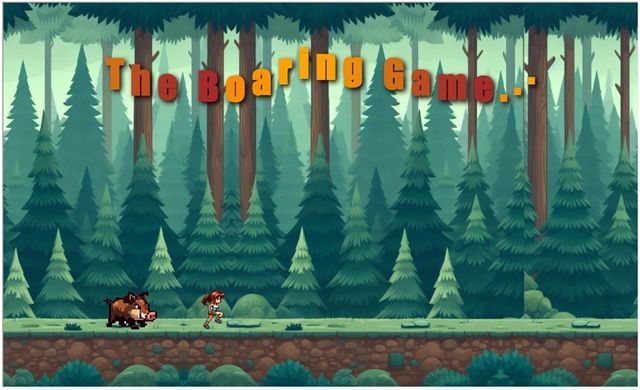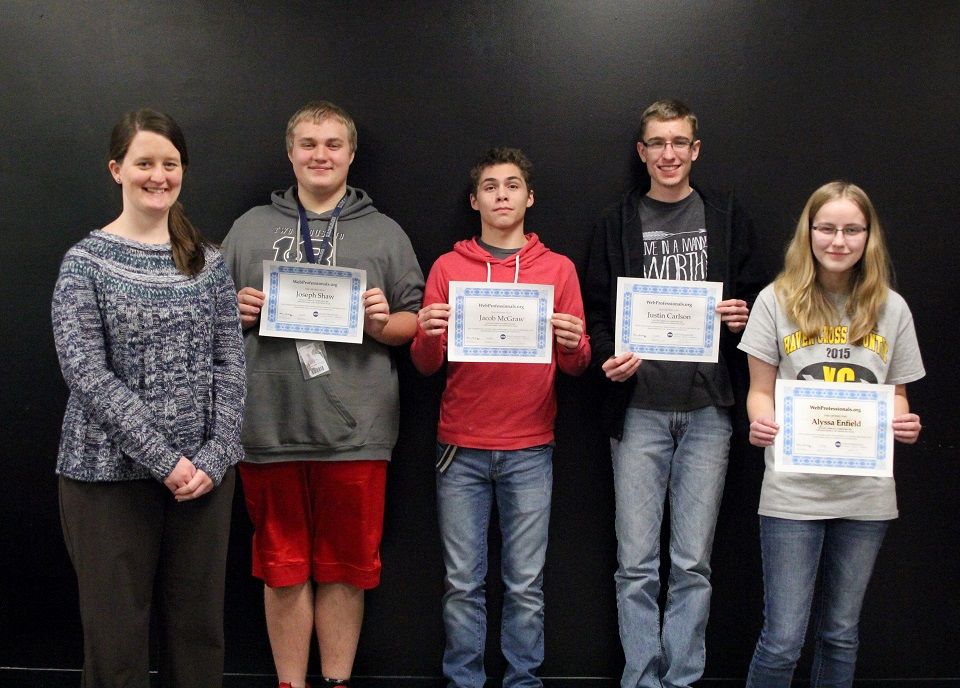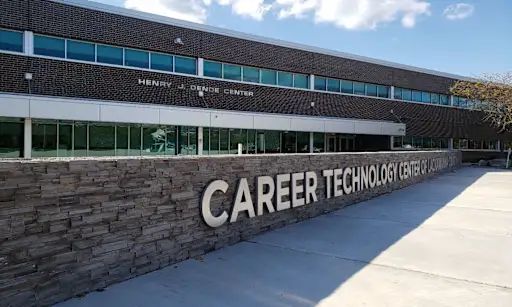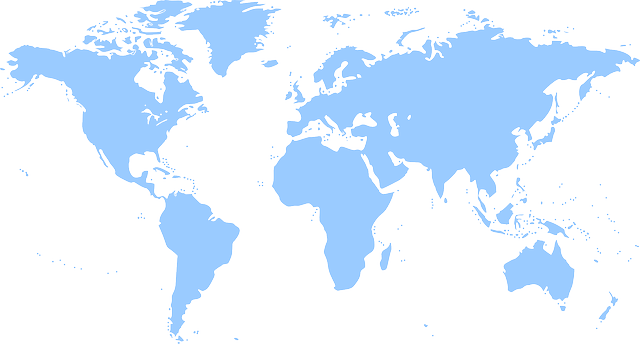Blog
Teacher Gets High School Students Excited About Video Game Design Curriculum

Today we are highlighting one of our schools, Plainview High School in Plainview, TX. Araceli is teaching our Web and Mobile Game Design course to her class and enjoying the success of her success. Our teachers and students love this course for its hands-on and innovative approach. Through a media-rich and engaging educational environment, we are helping to equip students with the skills, knowledge and project portfolios to enter the rapidly growing career path that is mobile game design. And our partnership with Web Professionals Global enables students to earn real-world certifications that are created and backed by industry professionals.
We caught up with one of Araceli’s students, Jonathan, who says the Web and Mobile Game course is his favorite. We also chatted with Araceli to hear about her experience teaching the course.
Hear from Jonathan
What do you like about the Web and Mobile Game Design course?
It gives me a space to learn more about my interests and further my skills in this career path.
What have been some of your favorite projects in the course so far?
I like the text adventure game (if the 50-ish slides weren’t answer enough) and the bunny hop challenge.
How does it feel knowing you are not only learning but also earning an industry certification that you can use for your future educational and professional career?
It feels great to know that I now have this under my belt and I can use this to garner a career in the future.
What do you think about the fact that you are creating a professional portfolio that demonstrates your skills?
I like it and look forward to using these skills in a real life situation, especially with the games I have cooking up in my mind.
What do you like about collaborating with your classmates and providing help and feedback to one another?
Well me and my friend Matthew really encourage each other and sometimes have friendly competitions, although he usually wins.
How have you enjoyed the course’s focus on not only technical skills but also soft skills like ethics?
I have, it’s very refreshing to have a course that’s not mainly focused on one aspect of game design, it’s a very broad subject.
What have your friends said when you showed them the games you have created?
My friends are fascinated by the creativity and imagination I am allowed to incorporate into these games.
How important do you think it will be to your career and future that you have been a part of a class that is helping you to become a well-rounded professional (not just technically skilled but also strong in soft skills and leadership)?
I think it’s very important to have these skills because it opens up doors to future careers and important opportunities ahead in your lifetime.
You learned about a number of different career paths that make up web and mobile game design other than game designer ‒ what other career paths piqued your interest?
I personally thought that being a game producer or an executive overseer could be interesting. I’m just a creative person in general and anything storytelling or of that sort is where my happy place is.
What would you say to other students who are considering taking this course?
If this is something that interests you or you plan on having a career in this field, then I’d say go for it. This program has taught me so much about the artistry side and a little coding. Overall the payoff here is worth it.
What would you like to say to the administrators, principal and your teacher who made this class possible for you?
I’d like to say thanks. I've had so much fun in this class and it was a great experience all around.
Is there anything else you would like to add?
I would like to tell any kids out there who are thinking about a career in game development or anything of the sorts not to let anyone discourage you. It’s not “dumb” or fruitless, it’s a passion and if this truly makes you happy, don’t let anyone take that happiness from you.
Hear from Araceli
How has your experience been working with CTeLearning?
I had been using a very well-known program last year. In comparison, CTeLearning is more user-friendly.
What do you like about the fact that the curriculum is turn-key and enables teachers to start teaching on day one?
The step-by-step videos make it easy for the students to do their assignments on day one.
How do you feel seeing students grow in their ability to be critical thinkers and think like coders/designers?
As time has gone by I have seen their creativity grow. They realize the industry isn’t easy but it’s feasible.
How does it feel knowing you are equipping your students with industry-recognized certifications that they can take with them in their careers?
I am excited not only for the kids but for their parents as well. They are utilizing this course not only to graduate but to put them in a better position after high school.
Do you like knowing you are helping your students learn soft skills like ethics in the workplace?
There are skills that we don’t realize they need. If we equip them with beginner skills, they will be off to a great start.
What would your advice be to other teachers who are considering using CTeLearning curriculum in their classroom?
It is a great program with a great staff that will go above and beyond to make you and your students successful.
Wrap-Up
We work with schools to offer curriculum with third party industry-based certifications in Web and Mobile Game Design, Animation, Web Design, AI and Robotics and more. Check out our full list of courses and schedule your free demo here or by calling us at 913-764-4272.
Share To
Get in touch with us today!
You can book a demo directly using Calendly, call us directly at 913-764-4272 or 877-828-1216, or submit the form and we will reach out to you.
We look forward to helping you and your students.

Most Recent Posts




